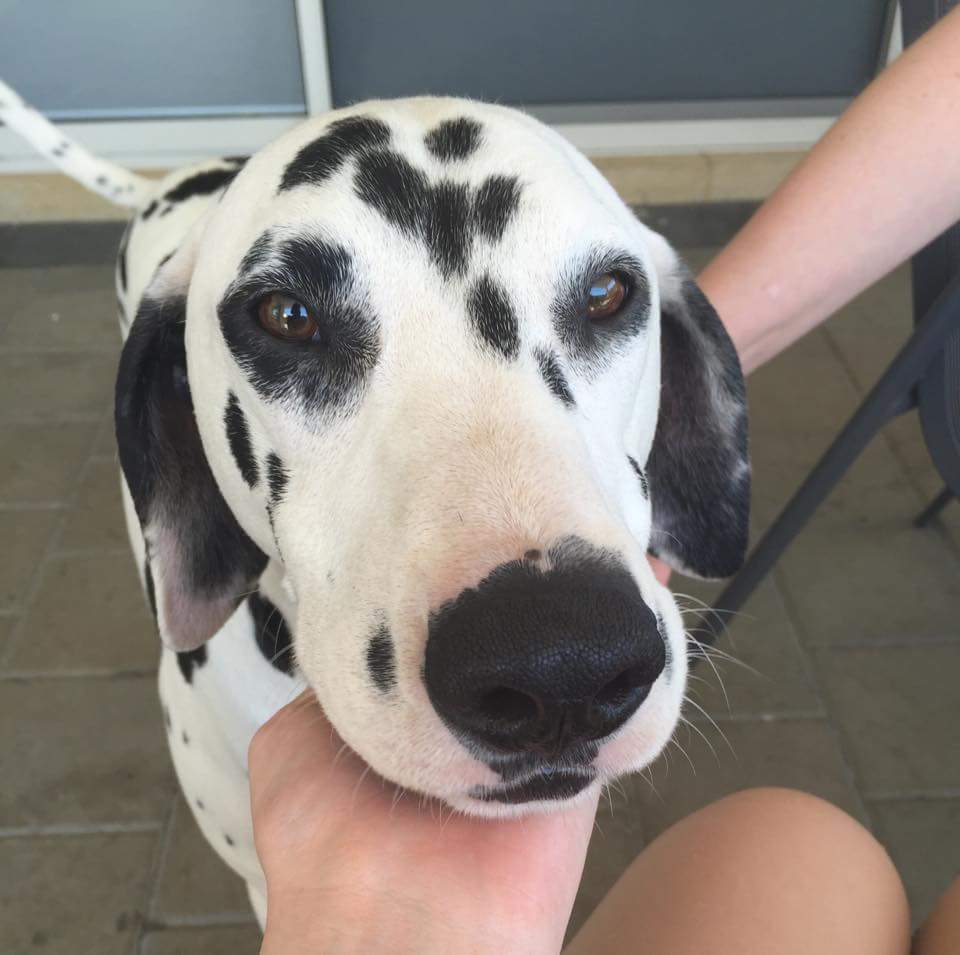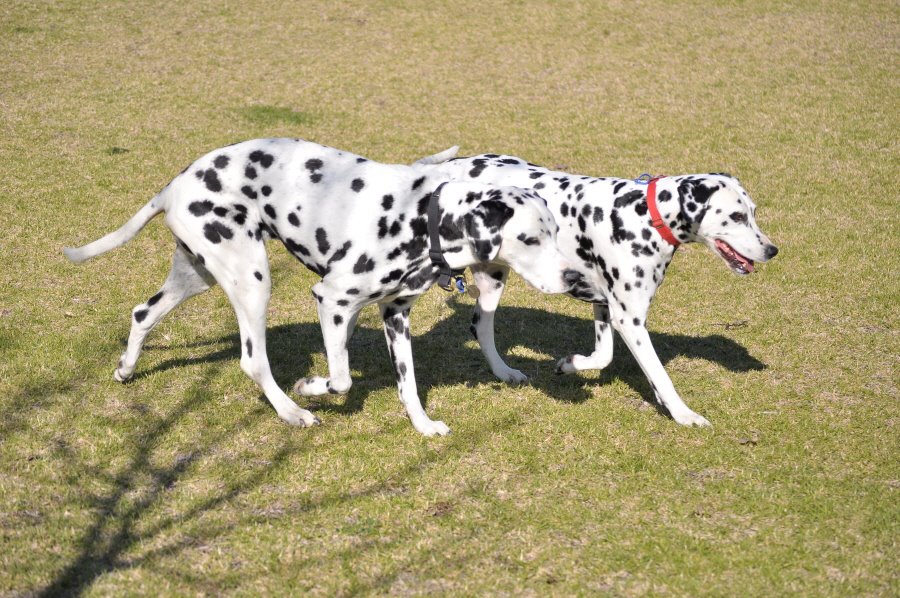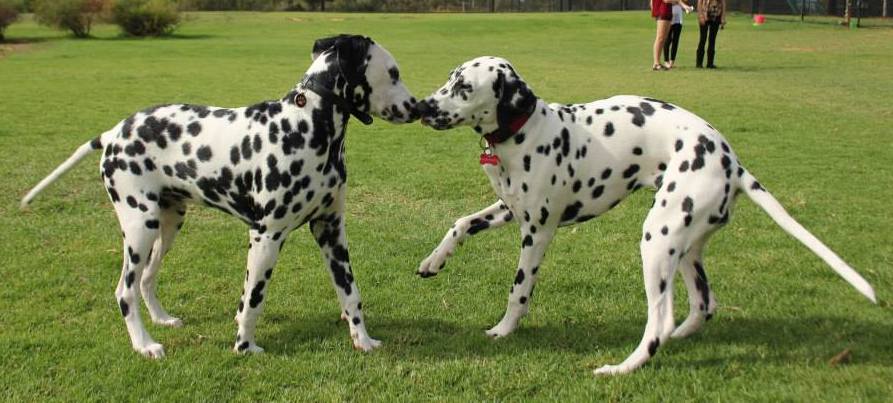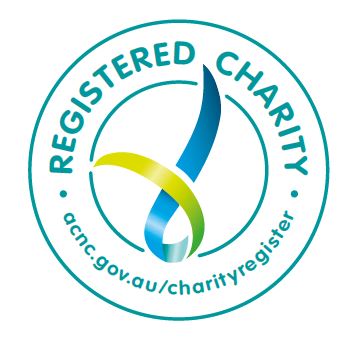ADOPTING
So, you are ready to adopt a Dalmatian?
 Taking on a new pet is something that should always be carefully considered, but taking in a surrendered Dalmatian also adds another factor into the mix as dogs requiring rehoming often have their own unique set of issues. Firstly, the age, colour or gender of the dog may not be what you were hoping. Their personality and behaviours may also require careful management and retraining.
Taking on a new pet is something that should always be carefully considered, but taking in a surrendered Dalmatian also adds another factor into the mix as dogs requiring rehoming often have their own unique set of issues. Firstly, the age, colour or gender of the dog may not be what you were hoping. Their personality and behaviours may also require careful management and retraining.
But we are here to help. No Dalmatian isn't rehomed without proper vetting by our experienced volunteers, both of the Dalmatian and it's prospective new owners. We assess the family, as well as the home and surroundings, that everything is appropriate and safe for the surrendered Dalmatian.
Sometimes, these dogs have been rescued from a dire situation and it can take some time for them to feel safe in new and unfamiliar surroundings. That is why we take the time to vet all potential adopters, and why we insist on a home trial, sometimes preceeded by supervised home visits, before finalising any rehoming of a Dalmatian. We also stipulate that any rehomed Dalmatian that has to be surrendered in the future must be returned to DRAWA.
Our website contains information and links to help you make the decision on whether a Dalmatian is the right breed for your family.
If you think you have the time, patience, love & energy to keep up with a Dalmatian, then please download the DRAWA Adoption Application Form here. Compelete and email or post the form back to DRAWA. One of our volunteers will be in contact within 48 hours. At some stage we will arrange a home visit to assess that your home is suitable and safe. This may occur soon after your first contact, and/or when a Dalmatian becomes available for adoption.
One final thing. Please be patient as we often do not have a Dalmatian waiting for their new forever home. It is usually the other way round, we have families waiting for their furever pet!

FOSTERING
Sometimes an alternative to adopting is to foster a Dalmatian instead. This has many advantages, especially for someone that has never owned a Dalmatian before. It is a great way to get to know the breed and their foibles.
 We are always looking for foster families, especially as we are often contacted out of the blue for an urgent rehome and usually require time for the Dalmatian and potential new family to be assessed thoroughly. Fostering can give us that time, though can add to stress if not correctly managed. That is why we vet our potential foster families just as we would for an adoption. We need to be sure that the family and home are safe for the Dalmatians surrendered into our care.
We are always looking for foster families, especially as we are often contacted out of the blue for an urgent rehome and usually require time for the Dalmatian and potential new family to be assessed thoroughly. Fostering can give us that time, though can add to stress if not correctly managed. That is why we vet our potential foster families just as we would for an adoption. We need to be sure that the family and home are safe for the Dalmatians surrendered into our care.
So, if you think you have what it takes to offer one of our Rescue Dalmatians a foster home, then complete and email/post the DRAWA Foster Carers Application Form. One of our volunteers will be in contact within 48 hours.
You never know, you might end up joining the ranks of the "failed foster" brigade!

TIPS ON PREPARING YOUR HOME
So, you've fostered or adopted a Dalmatian from DRAWA. What next? Firstly, congratulations on giving a Dalmatian a second chance. A rescue dog can be a wonderful and rewarding experience, but not without its traumas. It can take time to learn your new dog’s likes and dislikes, how socialised they are, and how much training and obedience they have. For the Dalmatian, it can be quite traumatic being in another environment, which for them is totally alien and full of new and different smells. Dogs like familiarity, so can overreact in a new situation by either being timid, displaying aggression or many other behaviours that are not normal for them.
But relax, we are here to help. The following, though not comprehensive, can be used as a guide to introduce your rescue dog to your home.
Preparing Your Home
It is important to provide your rescue Dalmatian with as much structure as possible. And this includes preparing your home, such as using children gates to block off “no-go” areas, having a dedicated feeding and sleeping area. If you have any precious ornaments, you may have to consider removing them or placing them at a higher height out of harms way.
Outside, ensure the yard is secure with fencing, not cluttered or dangerous for the dog. There should be an area, both indoors and out, that the dog can feel safe.
Assign responsibilities, such as who feeds the dog, who walks and trains them. Many rescue Dalmatians may come from backgrounds were they haven’t been trained, but they are quick learners and are always eager to please. Remember, positive reward rather than negative reinforcement is the best way to train any dog.
Introducing The Dog
 If possible, keep the dog on leash when entering the home. Let them investigate the new environment. Show them around both indoors and outdoors. If you already have dogs, try to introduce them to each other outside the home on neutral territory first. Cats, or other small animals, can be particularly delicate. Cats are naturally weary of bigger animals and need to feel safe in their home. It is best to have areas of the home that the dog can’t enter that the cat can “escape” too if they feel threatened. Take the time to introduce them slowly and always under supervision.
If possible, keep the dog on leash when entering the home. Let them investigate the new environment. Show them around both indoors and outdoors. If you already have dogs, try to introduce them to each other outside the home on neutral territory first. Cats, or other small animals, can be particularly delicate. Cats are naturally weary of bigger animals and need to feel safe in their home. It is best to have areas of the home that the dog can’t enter that the cat can “escape” too if they feel threatened. Take the time to introduce them slowly and always under supervision.
Establish A Routine
Try to establish a routine and schedule feeding, walking and play times. Start reward training with your rescue dog right from the start. Training can help bonding and communication. In the first few days, try not to leave the dog alone for extended periods, as this will help to avoid separation anxiety. They should also always be monitored with your own pets and children. Be prepared for accidents. Even a house-trained dog can have accidents from time-to-time.
Exercise is also a vital activity for any dog, but with a rescue dog, take it slowly. The first few walks should be done on leash and with only one person. Slowly introduce them to the neighbourhood, and never let them off the leash, even in a secured park, for the first few weeks if need be. Watch their body language around other dogs and people. If you come across any behavioural issues you are not familiar with, talk to DRAWA or seek help from a dog trainer/behaviourist.
In Conclusion
Be Patient!
Take things slowly and remember, DRAWA are always here to help.

